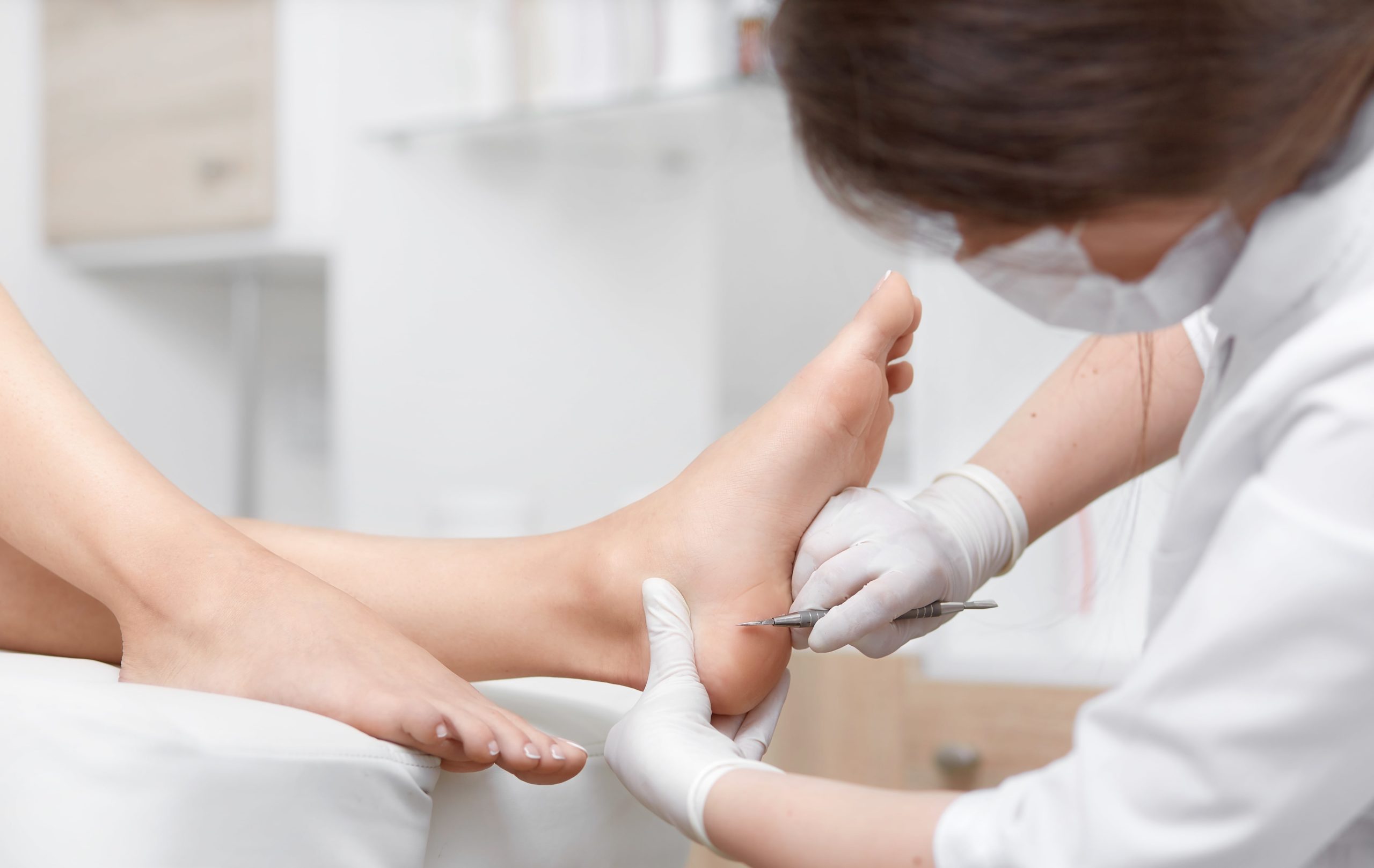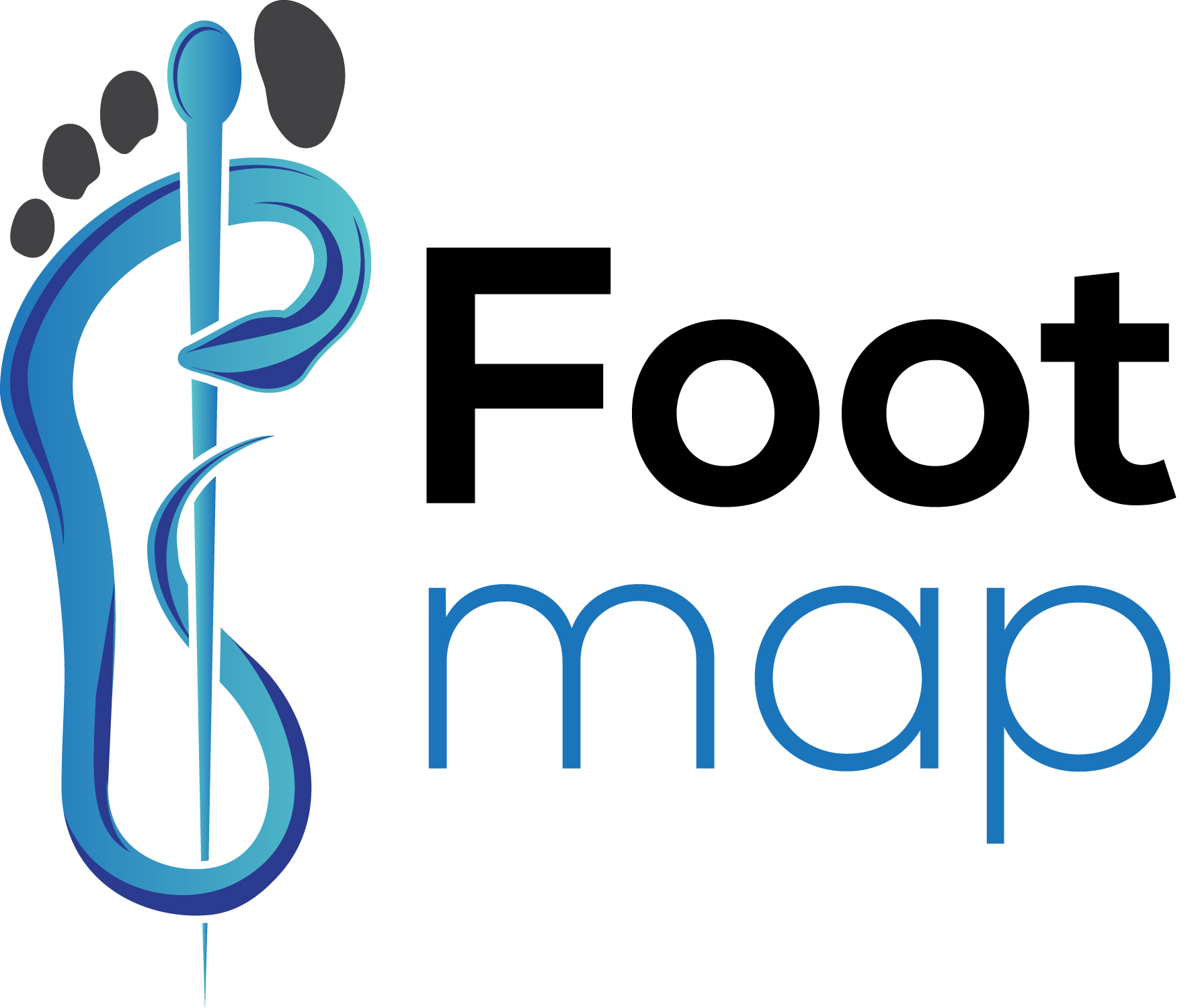Corns and Calluses
 Corns and Calluses are caused when there is repeated stress or friction on the skin. They can develop anywhere on the body although they are most commonly formed on the hands and feet. Calluses are not usually painful but can be unsightly and are often an indication of a biomechanical or postural dysfunction. Corns are typically hard and localized at a specific point, however corns between the toes can be soft and damp. Patients with circulatory problems or diabetes are advised to seek prompt help to remove corns as they can lead to ulcers and further complications.
Corns and Calluses are caused when there is repeated stress or friction on the skin. They can develop anywhere on the body although they are most commonly formed on the hands and feet. Calluses are not usually painful but can be unsightly and are often an indication of a biomechanical or postural dysfunction. Corns are typically hard and localized at a specific point, however corns between the toes can be soft and damp. Patients with circulatory problems or diabetes are advised to seek prompt help to remove corns as they can lead to ulcers and further complications.
Calluses and corns are relatively common, and have may be caused by:
- Wearing shoes that are too tight
- Wearing socks that don’t fit correctly
- Exercising using heavy weight
- Playing Musical Instruments
- Running or Walking with poor postural alignment
The treatment of a corns and callus usually requires a foot a examination by a specialist. They will ask you about your medical history and general lifestyle questions. They will help you determine which treatment you choose.
They may suggest the salicylic acid method. The salicylic acid helps soften the skin which is then rubbed with a pumice stone to lightly scrape away dead skin. This treatment is slower it is safe and low risk. However some patients may experience some swelling and redness of the treated areas.
If a surgical method is chosen, your footmap practitioner will use a scalpel to enucleate the corn followed by rotary abrasion to smoothen the area. If there is any superficial bleeding, FeCl3 may be used before applying any dressings. For most surgical corn excisions anaesthesia is not required.
After corn removal procedure you may feel a little burning or throbbing you will be advised to reduce the weight being applied on that foot until the site heals. You will not be prescribed any pain medication but over the counter NSAID’s may be useful if the area is painful. Please take professional advice from the pharmacist before taking any medication.
It is advisable to keep the infected site and any incisions dry whist they heal.
Some mild calluses can be treated at home by soaking the feet and using a pumice stone to remove dead skin. However if there is an underlying and persistent cause for the calluses this solution will only treat the callus for a limited time. Our Footmap practitioners will be able to recommend different solutions from more supportive shoes, better fitting socks or a customised pair of insoles.
Practitioner
Your practitioner will ask you some general lifestyle questions, and inspect your corn / calluses. They will help you decide which treatment option to consider
Appointment
Treatment will then start according to the plan
If the salicylic method is used the patient will be come back after 1 week for new dressing
Treatment
Patient may be recommended to have a biomechanical assessment. To determine underlying cause.
The patient will be offered a free six monthly check-up
Treatment
Practitioner
Your practitioner will ask you some general lifestyle questions, and inspect your corn / calluses. They will help you decide which treatment option to consider
Appointment
Treatment will then start according to the plan
If the salicylic method is used the patient will be come back after 1 week for new dressing
Treatment
Patient may be recommended to have a biomechanical assessment. To determine underlying cause.
The patient will be offered a free six monthly check-up
